As previously noted in “What Impact Does Recycled Water Have On Plants In The Garden” this is the second in a series of data as provided from the UC Davis Report on “Landscape Plant Selection Guide For Recycled Water Irrigation“.
For this table, palms are listed in 4 columns. The first is its Botanical Name, second column is Common Name, third column is its tolerance to salt spray and fourth column is its tolerance to soil salinity.
Plants were watered with spray irrigation from recycled water. The big take-away with this list is almost all palms can handle RecycledH2O and thrive in its environment.
Note: Click on the photo to view full size.
As mentioned from the first post,
- High Tolerance can withstand “salt spray with 1000mg/L-1 NaCl and are tolerant to soil salinity beyond 10 dS/m-1. “
- Tolerant plants leaves will begin to show stress with salt concentrations beyond 200-300 mg/L-1 and are tolerant to soil salinity below 6 dS/m-1.
- Moderately Tolerant plants can handle spray from most recycled water but “may show signs of stress later in the growing season as salt accumulation on their leaves is high.”
- Sensitive plants “may develop stress symptoms under salt spray if the water sodium concentration reaches 200 mg/L-1 … especially during warm and dry conditions. Plants sensitive to salt spray are also sensitive to soil salinity. For example, roses may develop severe salt stress if soil salinity reaches 3 dS/m-1.
High Tolerance plants are labeled with H.
Tolerant plants are labeled with T.
Moderately Tolerant plants are labeled M.
Sensitive plants are labeled S.
Part 0 – What Impact Does RecycledH2O Have On Plants In The Garden?
Part 1 – Tolerance of landscape tree species to salt spray
Part 2 – Tolerance of landscape palm species to salt spray
Part 3 – Tolerance of landscape shrub species to salt spray
Part 4 – Tolerance of landscape ground cover and vine species to salt spray
Part 5 – Tolerance of landscape grass species to salt spray

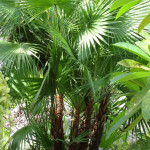
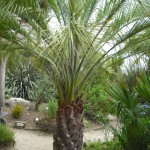
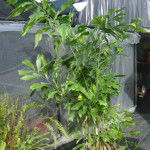
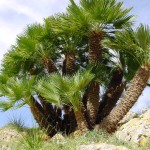
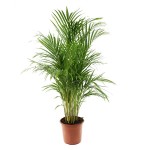
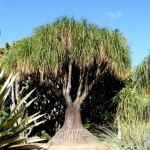
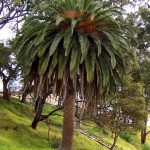
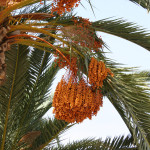


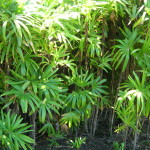

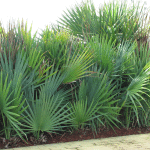
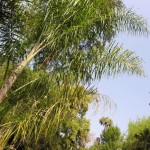

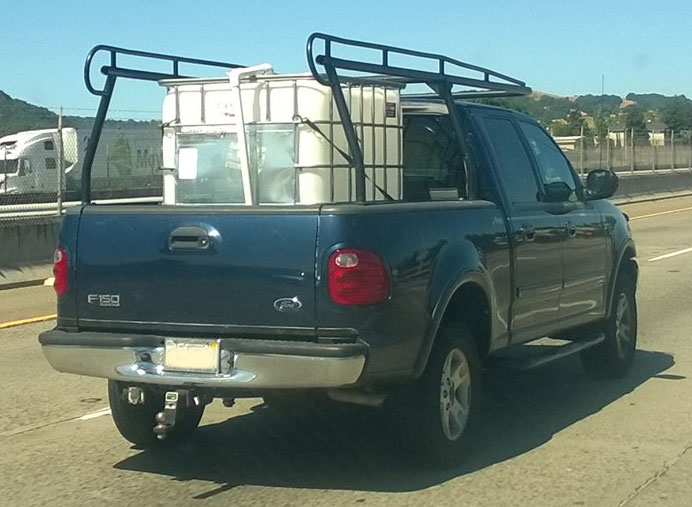
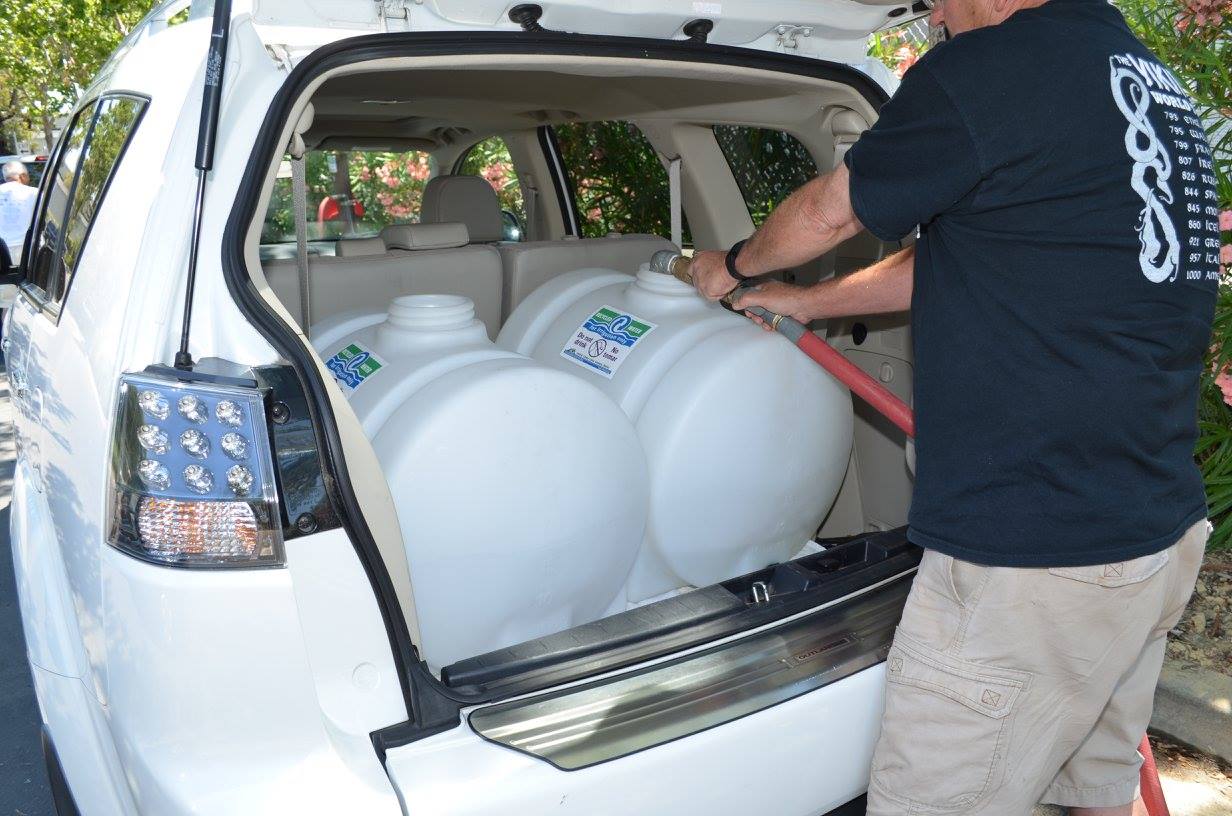
Leave a Reply